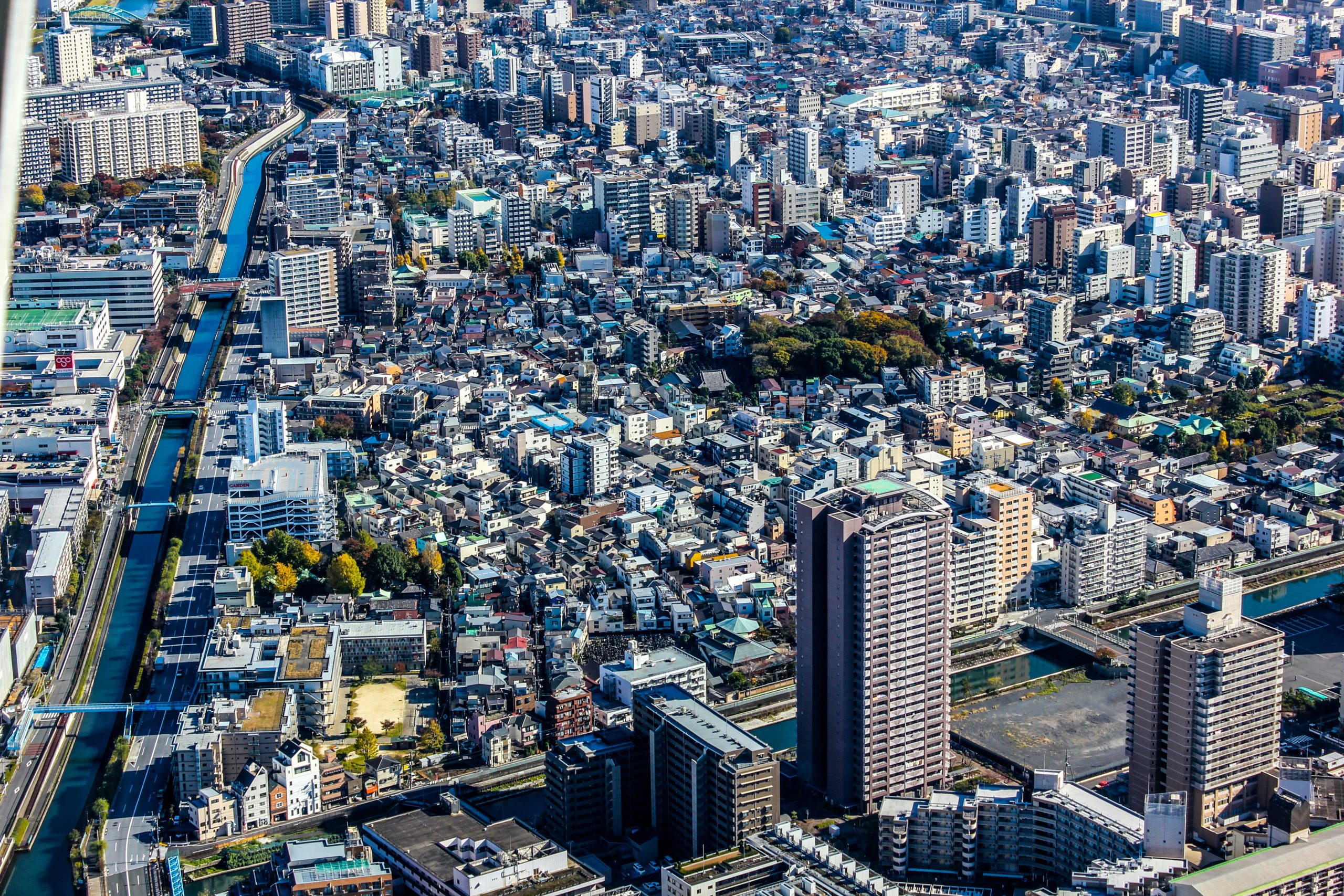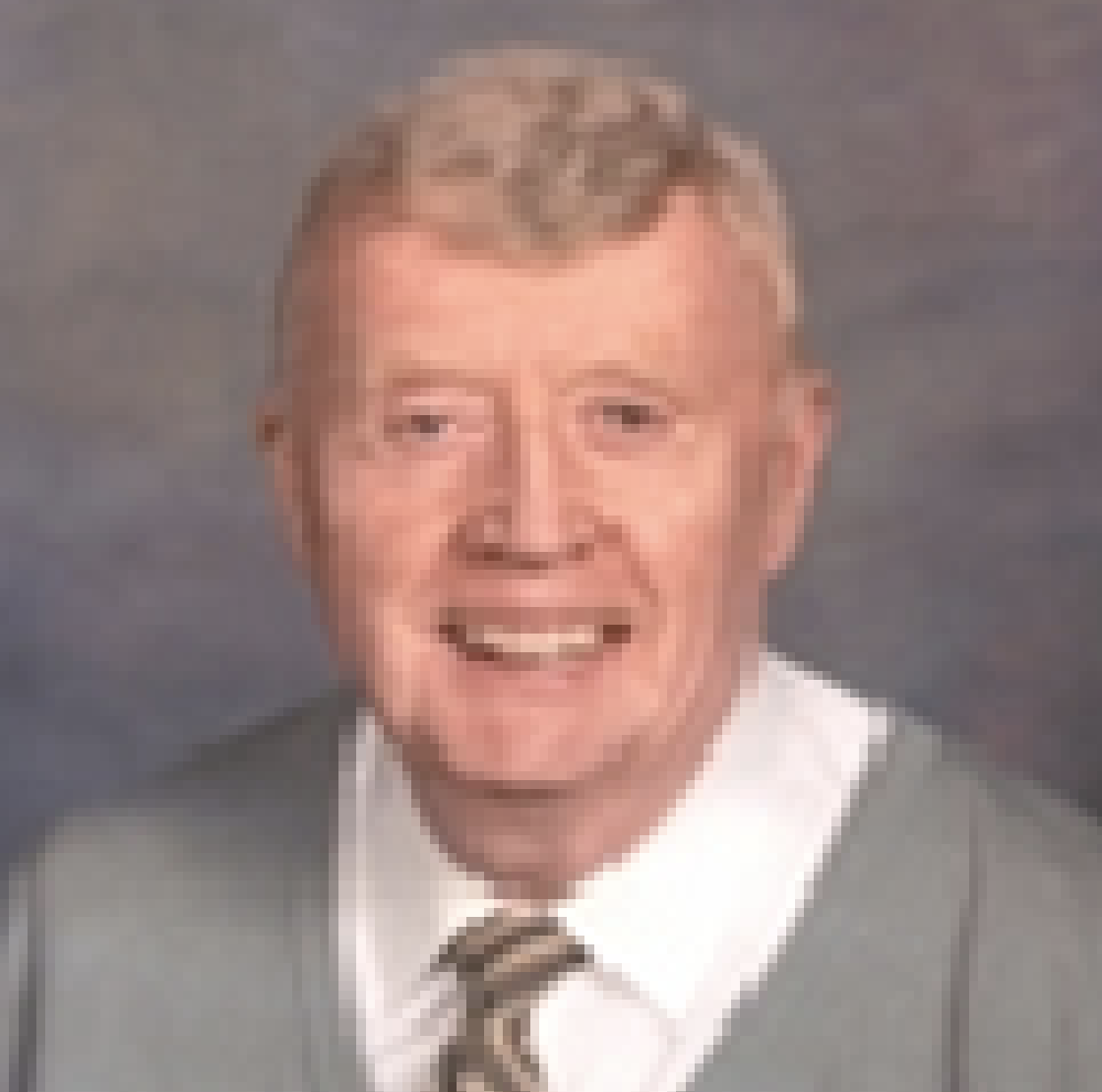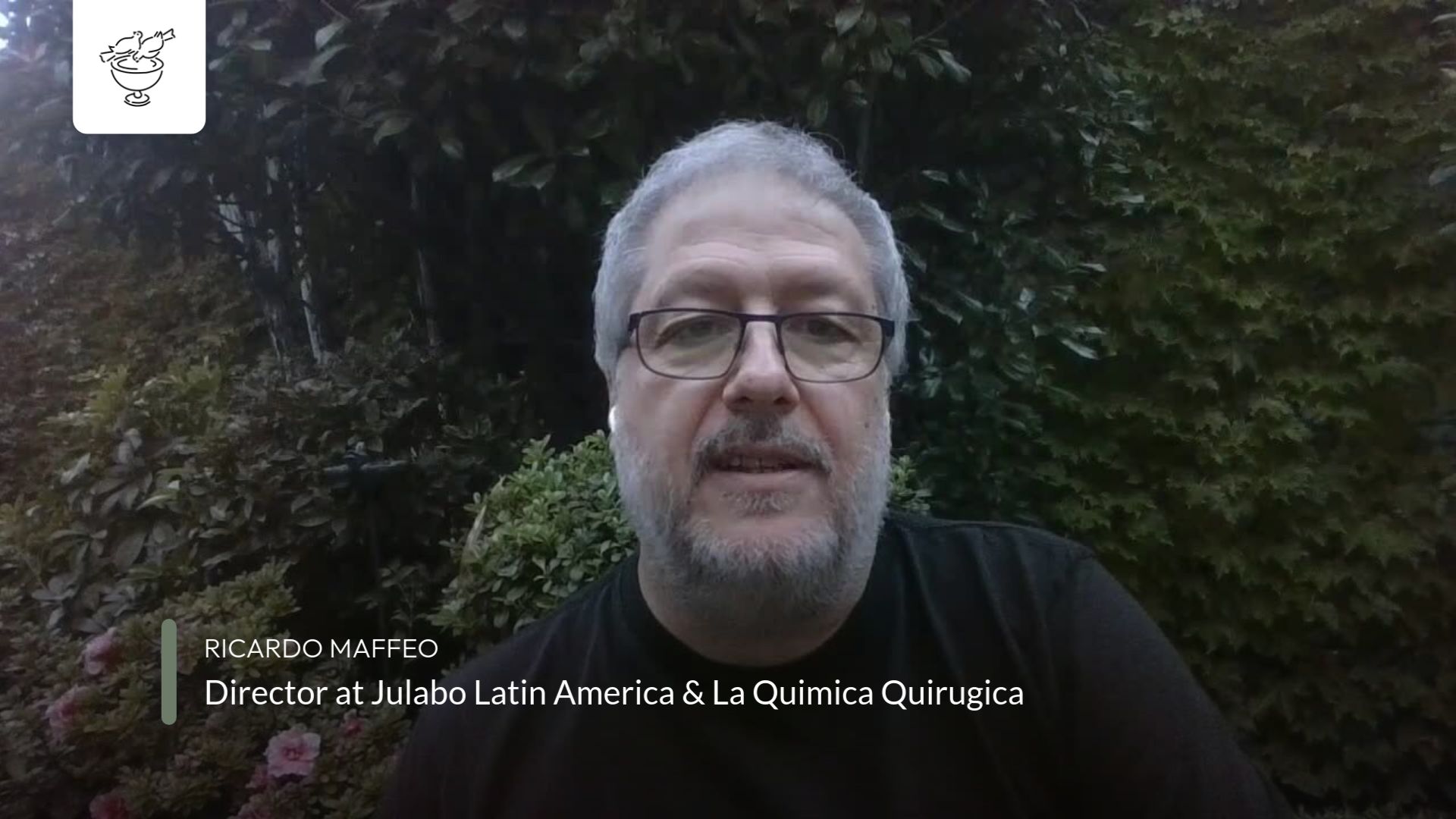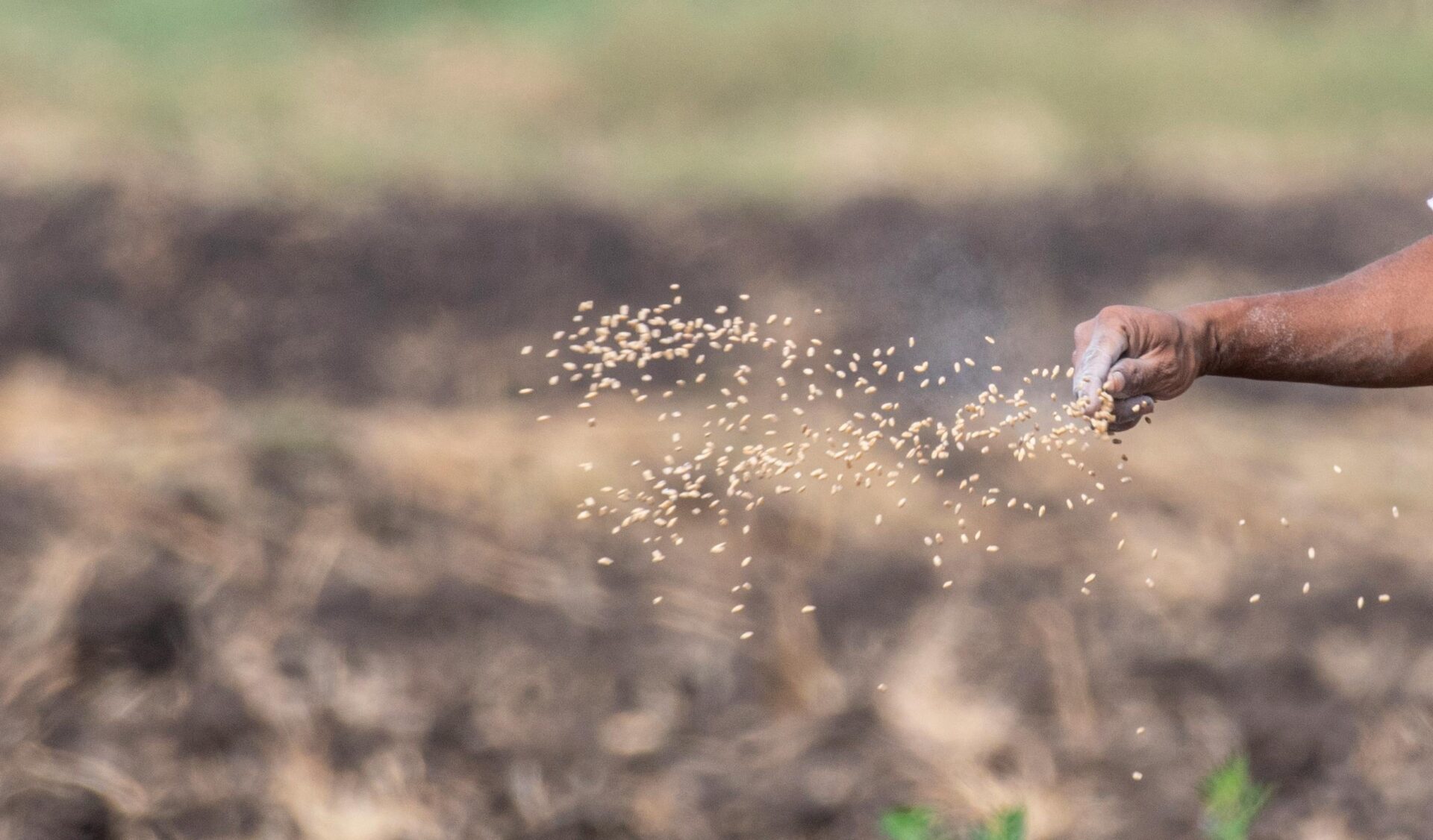In the New and Old Testaments the desert has always had a special meaning and role for those on the spiritual path.
It has always been a place where spiritual seekers retreated to find solitude, silence, stillness and closeness to God.
The angels ministered to Jesus in the desert, St Paul spent time in the desert, and in the 3rd and 4th century men and women flocked to the deserts of Egypt to become hermits and live in monastic communities.
These desert hermits and monks heard the words of Hosea in the Old Testament: “I will lead you to the desert and speak to your heart”.(2-16). The desert in the early days of Christianity became the training ground for the contemplative spiritual path.
Quick now change channels and here we are 2000 years later and the 21st century. The modern day contemplative hermit is now often found in high rise apartment buildings and while appreciating the early desert experience they now realize that God is found these days in the inner desert of the heart. I recently came into contact with one, Mel Maraj, a native of Trinidad and Tobago, 75 years of age, who though suffering a disability for many years, has become a modern high rise hermit.
Mel first came to my attention almost 16years ago, when one evening with great difficulty, and using a walker, he made his one and only visit to a St Patrick’s Christian Meditation group meeting in Ottawa, Canada. Says Mel of this experience: “On first listening to a John Main talk and experiencing the silence of the group members, I knew immediately this was to be my spiritual path for the rest of my life.” At that point Mel established his own high rise hermitage and now meditates four half hour periods each day at 3.00 am, 5.00 am, 12.00 noon, and 5.00 pm.
In interviewing Mel I asked him a number of questions about his modern day desert experience.
Paul. Mel do you follow John Main’s teaching and practice as well as the use of the prayer word Maranatha?
Mel. Yes. Unfortunately because of health reasons I cannot attend group meetings, but I listen to John Main taped talks and also follow his daily readings book. In addition I am a voracious reader of spirituality and keep up with spiritual authors like, Meister Eckhart, John of the Cross, Teresa of Avila, Morton Kelsey, Thomas Merton and others. However the reading of scripture also gets the highest priority since contemplative spirituality is rooted and anchored in the word of God.
Paul. Have you a favorite book?
Mel. Yes undoubtedly it is “The Mysticism of the Cloud of Unknowing” by the late William Johnston. I give credit to John Main for introducing me to the writings of this great anonymous 14th century English spiritual writer and teacher. This Mysticism of the Cloud of Unknowing however is a different book than the spiritual classic “The Cloud of Unknowing”. Many people don’t realize this. The Mysticism of the Cloud of Unknowing is unfortunately out of print and can only be found these days in used book stores.
The Mysticism of the Cloud of Unknowing has an introduction by Thomas Merton. The author William Johnston delves deeply into the Cloud of Unknowing and re emphasizes the need to go beyond all images and concepts of the divinity. He also elaborates on the “arrows of love” aimed towards God in contemplative prayer which of course also refer to the mantra and our daily times of meditation. I guess William Johnston sums up both books by reminding us that God is not a concept, and while he cannot be thought, he may be known by love.
Paul. What about Thomas Merton and the subject of the desert and hermits?
Mel. In many ways Merton is the patron saint of hermits and the desert experience. I love his following quote in talking about the desert and the practice of prayer: “The prospect of this wilderness is something that so appalls most people that they refuse to enter upon its burning sands and travel among its rocks. They cannot believe that contemplation and sanctity are to be found in a desolation where there is no food, and no shelter, and no refreshment for their imagination and intellect and the desires of their nature”.
But Isaiah balances Merton by saying:
The wilderness and the dry land shall be glad,
the desert shall rejoice and blossom;
like the crocus it shall blossom abundantly,
and rejoice with joy and singing.
Paul. Do you watch any TV?
Mel. Very, very, little. I am always reminded of those beautiful words of John Main: “We must understand that the path of meditation is a way of purification. Purification is often abrasive, painful. But we have to understand that we must be stripped of everything that would hinder our openness to the pure energy of God. Egoism must go, desire must go, and possessiveness must go. But we should be encouraged, we should take heart, because the power to overcome is not only given to each of us, but the power to overcome is infinite”. Those “stripping down” words by John Main are all about detachment and “letting go” on the spiritual journey.
Paul. You meditate four times a day for about two hours. Would you like to comment?
Mel. Yes I am able to do this because the life style of the hermitage allows me the time and freedom for this daily prayer discipline. However I am in agreement with John Main that for most modern day people with family and community responsibilities, two periods of meditation in the morning and evening are quite sufficient. Each person must decide about this in the light of the circumstances of their own life. Remember in the end we will be judged on love and we must not judge our spiritual journey by materialistic standards.
Paul. Thank you.





